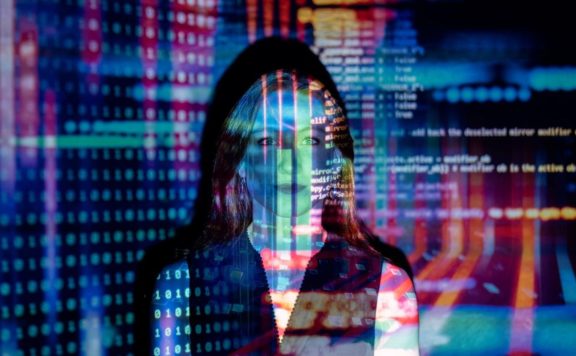Outsourcing in game development has become a prevalent practice in the industry. It enables game developers to access specialized talent, reduce costs, and focus on their core competencies. Many game development studios, from small developers to established giants, use outsourcing to meet their art needs efficiently and effectively. In this article, we take a look at 2d game art outsourcing and the creation of a reliable team.
What is Usually Delegated
When it comes to 2D game art outsourcing, several key aspects are typically delegated to outsourced teams:
Character Design
Game artists craft visually appealing characters suitable for a wide range of game genres. They can also provide character animations to enhance player engagement.
Environment Design
The creation of captivating 2D backgrounds, both realistic and imaginative, is crucial in setting the desired atmosphere for the game.
Game Elements Design
Building a game is akin to constructing a puzzle, requiring unique art assets to complete the overall picture. Art studios generate these elements to elevate the game’s overall appeal.
Game Interface Design
The user interface, menus, and HUD elements play a vital role in engaging players. Outsourcing ensures that these components are not only user-friendly but also visually enticing.
What Does the Ideal Outsourced Team Look Like

To ensure a successful collaboration with an outsourced 2D game art team, consider the following criteria:
Experience
Look for a team with a proven track record in game art. Experience is a valuable asset that demonstrates the team’s capability to meet your needs effectively.
Reputation
Check their reputation within the industry. Read reviews, ask for references, and assess their portfolio. Positive feedback and a strong reputation are indicators of a reliable team.
Staff of Professionals
The ideal team should consist of various professionals who can contribute their expertise to your project. For instance, consider a structure like that of Inkration Studio, which comprises:
- Art Director: oversees the creative direction and ensures that the art aligns with the game’s vision.
- Concept Artist: they work in close collaboration with the Art Director and fellow members of the 2D game art team to craft concept art that captures the desired ambiance and style of the project. A Concept Artist excels in conveying their creative vision through various visual mediums, such as sketches and paintings, ensuring that the concept art harmoniously aligns with the project’s overarching objectives.
- Game Designer: shapes a video game’s core structure, mechanics, and interactive elements, defining rules, challenges, and objectives to guide the player’s experience. He or she collaborates closely with artists, animators, programmers, and the team to ensure a cohesive and engaging game.
- Leading 2D Artists: ensure the team’s artwork matches the Art Director’s vision. They guide and support fellow 2D artists to meet the project’s technical and creative demands with top-quality work.
- 2D Artists: create 2D art assets, including characters, environments, UI elements, and more. They maintain the project’s artistic vision within set time and technical constraints, collaborating with the Art Director and Leading 2D Artists for consistency.
- Technical Artist: ensures seamless visual integration with the game engine, optimizing performance and addressing technical issues. They collaborate with the 2D art and development teams, creating tools to streamline art production and boost productivity.
How to Сollaborate With an Outsourced Team

There are key steps to collaborate seamlessly with an outsourced team, using Inkration as a prime example of a company that excels in this regard:
Clarity in Technical Task Definition
The foundation of any successful collaboration with an outsourced team is a clearly defined technical task. Inkration understands the importance of this first step. They take the time to create a comprehensive project brief that includes specific requirements, objectives, and expectations.
Initial Drafts: Setting the Direction
Once the technical task is well understood, Inkration starts the collaborative process by working on initial drafts. These early drafts can take various forms, depending on the project at hand. It is not the final product but serves as a way to set the project’s course and help the outsourced team understand what the project is all about.
Detailed Sketches: Refining the Vision
After the initial drafts are reviewed and feedback is incorporated, Inkration proceeds to create detailed sketches. These sketches add more depth and granularity to the project. They help in fine-tuning the design and functionality, making it easier for the outsourced team to understand the project’s nuances.
Continuous Improvement
They promote open and effective communication, actively seek input, and make adjustments as the project moves forward. This step-by-step approach allows for addressing any issues or misunderstandings promptly, ultimately leading to a better final product.
When searching for the perfect outsourced team, it’s essential to take into account elements like their experience, reputation, and a team that includes various professionals. Collaborating effectively with an outsourced team, as exemplified by Inkration, starts with a clear technical task definition. Initial drafts follow this to set the direction, detailed sketches to refine the vision, and a commitment to continuous improvement through open communication and feedback. By following these principles, game developers can build successful partnerships with outsourced 2D game art teams, ensuring that their artistic vision and technical requirements are met with excellence, ultimately contributing to the creation of engaging and visually captivating games.







